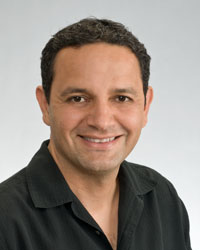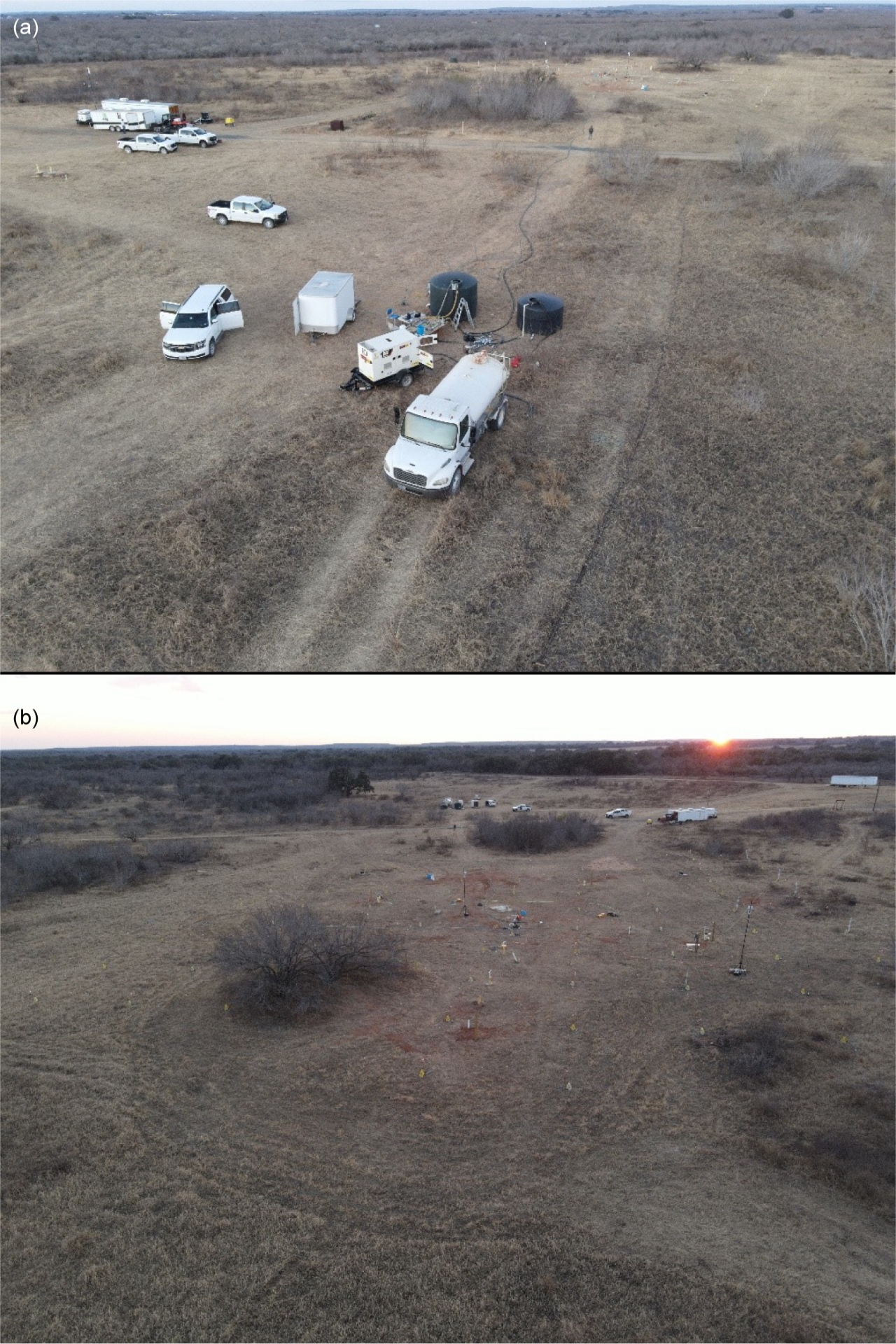March 7, 2022

Mohsen Ahmadian
Ahmadian and Team Advance Subsurface Sensing Technology with Electrically Active Proppant Research
Mohsen Ahmadian is a Bureau researcher and the program manager of the Advanced Energy Consortium (AEC). He leads a research project to demonstrate a new approach to real-time monitoring of dynamic changes in pressure, salinity, and flow in hydraulically fractured (HF) networks. The project has achieved early successes, and achieving its objectives would provide technology to improve production from oil and gas reservoirs, particularly unconventional “tight” reservoirs, previously fractured reservoirs, and currently uneconomic conventional reservoirs. Results from this project will also be useful in hydrogeology, subsurface environmental monitoring, carbon sequestration, and geothermal energy production. Additionally, the unique field data sets collected in this study will lay the foundation for the advancement of geophysical mapping and modeling techniques in general.
The research is being performed at the Devine Field Pilot Site (DFPS), The University of Texas at Austin’s unique geophysical field laboratory located southwest of San Antonio. The DFPS features a subsurface hydraulic fracture network filled with an electromagnetic contrast agent proppant. Ahmadian’s team and the AEC constructed this site and characterized it in detail in earlier work. This field laboratory is equipped with state-of-the-art geophysical instruments to provide detailed data about what happens underground. The team’s current research project uses electrically active proppant (EAP) to measure changes in pressure, salinity, and flow in the fracture network using surface-level electromagnetic sensors. This combination of EAP and surface sensors provides information on the shape of the fracture as well as fluid movement within the fracture. Current industry-standard tools for fracture-network mapping, such as microseismic and tiltmeter monitoring, can only provide low-resolution information on fracture extent, providing little or no information on the movement and final distribution of proppant or the dynamic production of fluids from HF networks.
In addition to Ahmadian and the AEC team, researchers from Duke University and the University of North Carolina are also participating in this research. The $2.1M research project, jointly funded by the U.S. Department of Energy, the AEC, and the Bureau–State of Texas Advanced Resource Recovery program, began in 2019 and will end in June of 2022.

In a recent deployment to the Devine Field Pilot Site (DFPS), Ahmadian’s team (a) injected either fresh water or saltwater into preexisting fractures and interrogated the resulting electromagnetic (EM) signals with (b) a set of surfaced-based receivers (yellow markers). To validate the results, they compared the EM signals against pressure and salinity gauges, positioned in various hydraulically connected monitoring wells, and against other geophysical signals, which were obtained from tiltmeters and a distributed acoustic and strain fiber network at the DFPS.